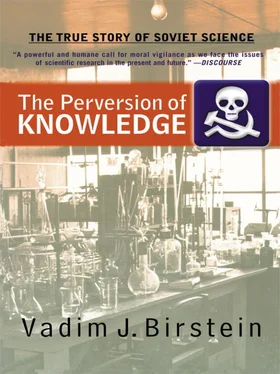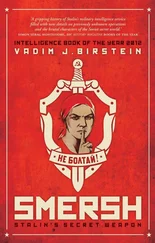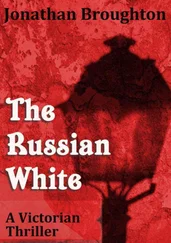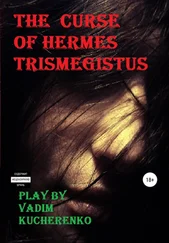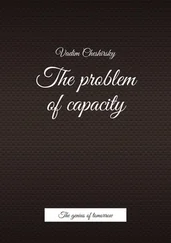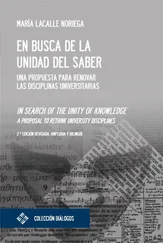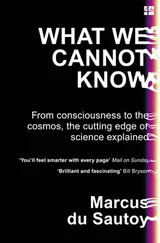At the last emergency academy meeting, on December 22, 1917, it became evident that the new regime would not subsidize the academy if it did not recognize the authority of the Sovnarkom. In January 1918, President Karpinsky began negotiations with the commissar of education, Anatolii Lunacharsky. Financial support for academicians and the future goals of the academy under the new government were discussed. The Commissariat of Education (Narkompros) wanted the academy to turn immediately to the problems of industry. Finally, a kind of compromise was achieved—the academy received financial support, and a special commission developed a plan for the study of natural resources and the creation of physical chemistry and applied chemistry institutes.
Despite the Bolsheviks’ promises of financial support, the economic situation for the academy became desperate in 1918, the first year of the Civil War. From 1918 to 1919, nine Petrograd academicians died from hunger or dystrophy. Among them were botanist Andrei Famintsyn and zoologist and embryologist Vladimir Zalensky. Zoologist Dmitrii Anuchin (1843–1923) and botanist and plant physiologist Vladimir Palladin died soon after. Only botanist Ivan Borodin, zoologist Nikolai Nasonov (1855–1939), and Ivan Pavlov lived to witness the replacement of the old academy members with new Soviet academicians and the transition of the academy into a huge structure of research institutes under Communist Party control.
In 1919, things got a little better. Academician Ipatieff recalled:
At length in 1919 the members of the Academy of Sciences were given a monthly ration of forty pounds of bread, two pounds of buckwheat, two pounds of sugar, and one pound of some kind of vegetable oil or butter. Only Academy members were so treated. A month or so later the government gave all registered scientists monthly rations, a “scientist” being defined as one who had published scientific articles… The scientists were divided into groups, and for two years each group came for its rations on days announced in advance. The more well-to-do scientists carried away their rations on sleds in the winter and in little carts in the summer; others used their backs. These rations undoubtedly saved the lives of many talented men… 36
Due to Lenin’s special decree dated January 24, 1921, the famous academician Ivan Pavlov and his colleagues were able to continue their physiological research during the Civil War. 37The decree ordered establishment of “a special committee” to be chaired by Maxim Gorky, who would be given “the broad powers to direct this committee to create as soon as possible the most favorable conditions for safeguarding the scientific work of Academician Pavlov and his collaborates.” 38
Also, the special Commission to Improve Living Conditions of Scientists (KUBU), chaired by Honorary Academician Gorky, was organized in December 1919. 39In November 1921, it became the Central Commission, or the TseKUBU. Ipatieff gives details:
Later, the scientists were divided into five groups, the fifth including only the few who had international reputations, the classifying being done by the so-called KUBU. Financial assistance was based on the same classification… Being in the fifth group, I received seventy “gold” rubles [$35] a month, while the monthly pay of the first group was about ten “gold” rubles [$5]… Besides this, special buildings were reserved for scientists at various health resorts and the KUBU decided which scientists were to go to them. 40
Moreover, the government-supported Vernadsky’s reports about the necessity of research institutes within the academy and the plan he developed for these institutes in 1916–1917. 41In 1918, the Physical Chemistry Institute and the Institute for the Study of Platinum and Other Valuable Metals were the first newly organized research centers. In 1920, ten new members were elected to the academy. 42Among them was the young physicist Abram Ioffe, the first Jew to become an academician. In 1921, Vernadsky established three institutes—Medical Biology, Physical Technology, and Radium—in Petrograd. 43By 1922, fundamental research was the domain of the academy, while applied, industrial, and technical research became concentrated in the institutes and laboratories of a separate institution, the newly created (1918) Scientific Technology Section of the VSNKh (NTO). 44By 1925, there were sixty-two institutions within the academy, including six research institutes, two independent laboratories, eight museums, thirty-five commissions and committees, and so forth. 45
However, the new regime would not accept Vernadsky’s guiding principle that science should be subsidized but not controlled by the government. In 1917, he wrote:
The organization of scientific work should be granted to a free creative scientific society of Russian scientists, which cannot and must not be regulated by the state. Bureaucratic rules are not for science. Government support of scientific work, and not government organization of science should be the goal. 46
The same academicians repeated to the Sovnarkom in 1918:
Only science and scientists should have the right and obligation to discover and develop the best forms of organization of scientific work within the country and of its interrelationships with government, which would result in a free growth of the former and support provided by the latter. 47
This was definitely contrary to the Bolsheviks’ idea of the role of science in their new communism. The new term, “Communist science,” appeared in the mass media:
One should consider Communist science to be only another form of collective work, and not magic acts in inaccessible temples, which lead to [a creation of] a sinecure, the development of a class psychology of priests, and to conscious or conscientious charlatanism. 48
During investigation, do not try to find materials and proofs that the accused [person] had acted or campaigned against the Soviets. The first question[s] you should ask him, must be: to which class does he belong, what is his [social] origin, level of education, or profession. These questions should determine the fate of the accused. This is the essence of the Red Terror.
—Martyn Latsis, member of the VCheKa Collegium, in the magazine
Krasnyi Terror [Red Terror] 49
On December 20, 1917, the VCheKa was established under the Soviet Council of Commissars. 50Its goal was “to combat counterrevolution and sabotage.” Felix Dzerzhinsky (1877–1926), a Polish nobleman by origin and a fanatic Bolshevik, was appointed its chairman. 51Dzerzhinsky, a founder of the Social Democratic Parties of Lithuania and Poland, was elected a member of the Bolshevik Central Committee in 1906. Ironically, he gave a speech criticizing Stalin at a joint meeting of the Central Committee and the Central Control Commission, and his vociferous disagreements with Stalin during the years 1925–1926 caused him to have a heart attack that led to his death in 1926.
In January 1919, the Special Department was created to combat counterrevolution and espionage in the Red Army. In February 1919, a special Secret Department (SO) was formed to combat counterrevolutionaries within the middle class (the “petit bourgeoisie”), the intelligentsia, and among priests. 52Later, in January 1921, it became a part of the Secret Operational Directorate (SOU). Then, in September 1919, the Economical Department (EKO) was formed to combat counterrevolutionary acts and sabotage in industry. Finally, in December 1920, the Foreign Department (INO), in charge of foreign intelligence, was created as a division of the Secret Department. The SOU and EKO and their successors became the main secret security structures that developed control over Soviet science. The INO and its successors harbored secret scientific institutions that will be described in Chapter 2. In 1922, the VCheKa was renamed the State Political Directorate (GPU).
Читать дальше
